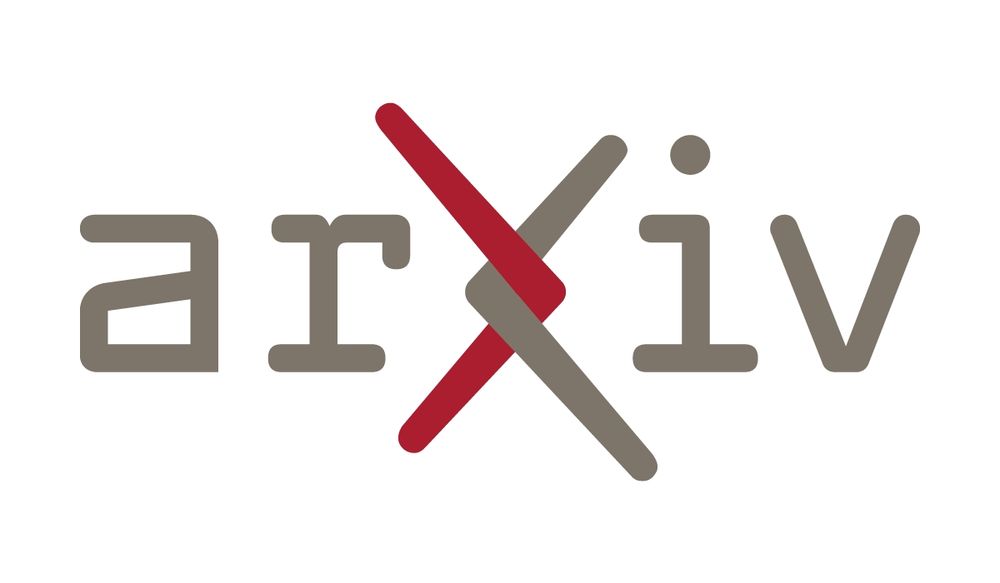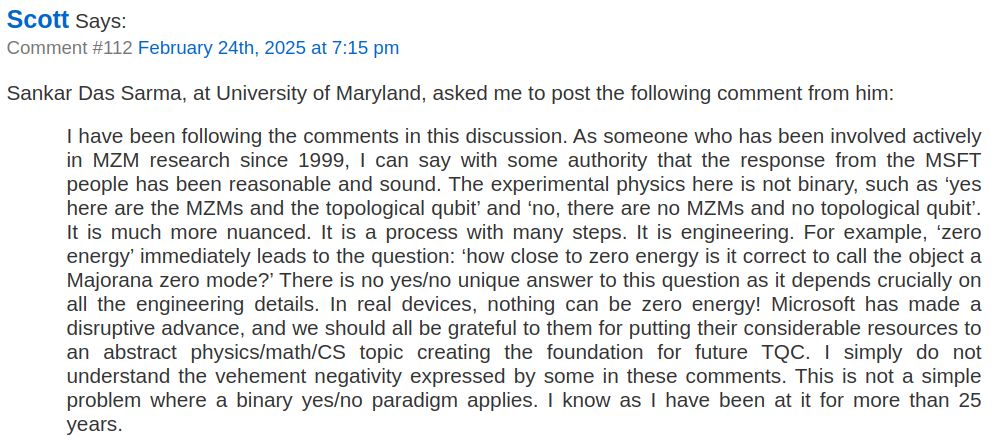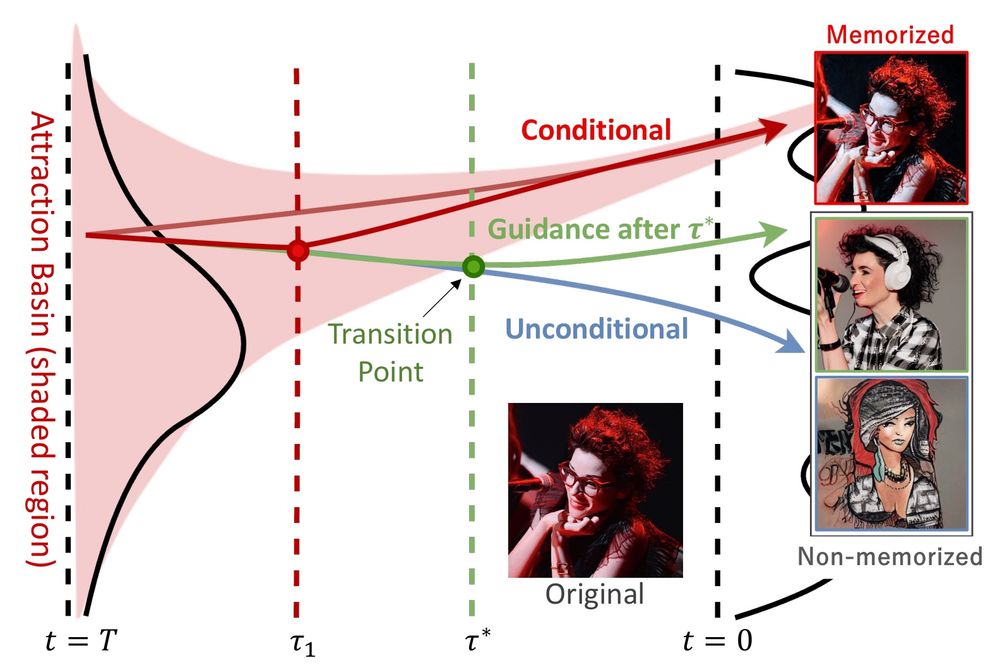Relevant question. Don't know enough yet, but I did get excited at the idea of some proposition.
21.05.2025 17:12 — 👍 0 🔁 0 💬 0 📌 0Théo Lisart-Liebermann
@theolisart.bsky.social
Quantum researcher @fraunhofer, hacker, popular education fan.
@theolisart.bsky.social
Quantum researcher @fraunhofer, hacker, popular education fan.
Relevant question. Don't know enough yet, but I did get excited at the idea of some proposition.
21.05.2025 17:12 — 👍 0 🔁 0 💬 0 📌 0I feel like learning that the sun is a star at 31. Wait everyone knows ??
21.05.2025 15:57 — 👍 0 🔁 0 💬 0 📌 0Today I learned that the measurement problem had a satisfactory interpretation since 2002 within quantum statistical mechanics and WHY THE HELL NOBODY TOLD ME EVER
21.05.2025 15:57 — 👍 0 🔁 0 💬 2 📌 0This reads like a movie script, props to Vincent for sticking to his guns despite the hierarchy.
09.05.2025 07:22 — 👍 2 🔁 0 💬 0 📌 0Le gouvernement : fait des réformes qui renforcent les inégalités
Les profs : refusent les réformes
Le gouvernement : oblige les profs à quand même les faire
Tout le monde : constate que les inégalités augmentent
Le gouvernement : accuse les profs en leur affichant une charte
This method allows for more refined quantum-classical hybridation, for example in an HPC context.
07.05.2025 13:30 — 👍 0 🔁 0 💬 0 📌 0
Another new paper from our group: *Clifford and Non-Clifford Splitting in Quantum Circuits: Applications and ZX-Calculus Detection Procedure*
We introduce compilation procedure using the ZX-Calculus to identify Clifford and non-clifford borders in quantum circuits.
arxiv.org/abs/2504.16004
Furthermore, it is unclear now if the linear response in equation (16) is optimal. One could introduce more complex noise models, or non-linear response models.
07.05.2025 13:26 — 👍 0 🔁 0 💬 0 📌 0This is quite interesting for highly non-convex structures like in PQCs training, where shot-noise, non-convexities and potentially flat landscapes are an obstacle to training.
07.05.2025 13:26 — 👍 0 🔁 0 💬 1 📌 0We show that a simple hyperparameters fine-tuning in BFGS updates helps exploring noisy landscapes, pathological in parametric quantum circuits. The method allows for skipping points where second order information is insufficient in the Hessian approximation.
07.05.2025 13:26 — 👍 0 🔁 0 💬 1 📌 0
This is our first paper in a series of two, which tackles the question of trainability of shallow QAOA algorithms. We provide benchmarks for quasi-newton and natural gradient methods, in addition to introducing a simple secant-penalization in BFGS updates [1/2]
www.arxiv.org/abs/2504.16518

Scott Aaronson: Comment #112 February 24th, 2025 at 7:15 pm Sankar Das Sarma, at University of Maryland, asked me to post the following comment from him: I have been following the comments in this discussion. As someone who has been involved actively in MZM research since 1999, I can say with some authority that the response from the MSFT people has been reasonable and sound. The experimental physics here is not binary, such as ‘yes here are the MZMs and the topological qubit’ and ‘no, there are no MZMs and no topological qubit’. It is much more nuanced. It is a process with many steps. It is engineering. For example, ‘zero energy’ immediately leads to the question: ‘how close to zero energy is it correct to call the object a Majorana zero mode?’ There is no yes/no unique answer to this question as it depends crucially on all the engineering details. In real devices, nothing can be zero energy! Microsoft has made a disruptive advance, and we should all be grateful to them for putting their considerable resources to an abstract physics/math/CS topic creating the foundation for future TQC. I simply do not understand the vehement negativity expressed by some in these comments. This is not a simple problem where a binary yes/no paradigm applies. I know as I have been at it for more than 25 years.
Another turn in the Microsoft drama.
scottaaronson.blog?p=8669#comme...
This is a bit of a personal admission: I thought for around one year that LiDAR systems were named after prof. Daniel Lidar.
There I said it.

Have you ever wondered why diffusion models memorize and all initializations lead to the same training sample? As we show, this is because like in dynamic systems, the memorized sample acts as an attractor and a corresponding attraction basin is formed in the denoising trajectory.
04.12.2024 21:03 — 👍 48 🔁 10 💬 3 📌 2PRIF and TU Darmstadt are hiring for cross-disciplinary positions for PhD and postdocs in arms control, mainly in nuclear engineering. RB appreciated !
www.cntrarmscontrol.org/news/snd-vac...
If the universe started out in a pure quantum state, how is anything in a mixed state now?
29.11.2024 00:56 — 👍 30 🔁 3 💬 19 📌 5Hey #Quantumsky 👋🏾
This is an attempt at indexing the growing quantum community here on Bluesky. Please let me know if you'd like to be added to the list.
Genuinely happy to see what looks like a successful migration from the birdsite 😄
go.bsky.app/VHXg1yi